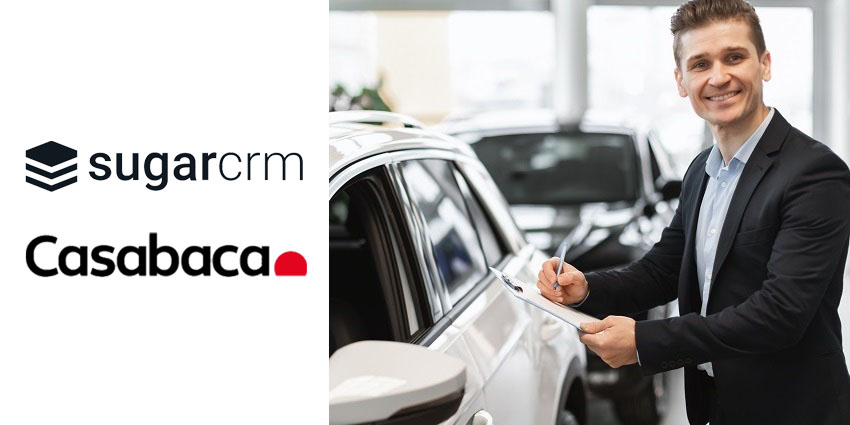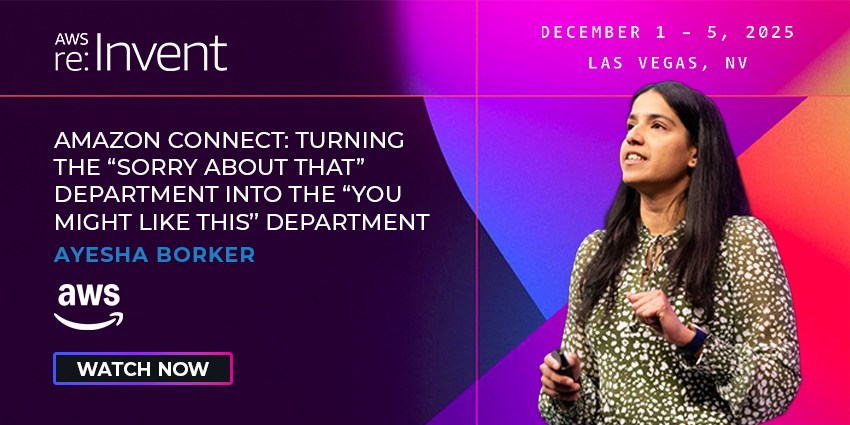The automotive industry is evolving at an incredible speed. Not only do customers have a wider range of more intelligent vehicles to choose from, but the way they interact with companies is changing too. Today’s automotive manufacturers and service providers need to connect with their customers both offline and online to deliver the best possible experience.
To stay ahead of the curve, all businesses in the automotive landscape need to reconsider their CX strategies, with a focus on innovation. Leader in Ecuadorian business, Casabaca knew it was time to upgrade its service strategy in recent years, as the automotive space grew more digitized. The company recognised data was its most important asset moving forward, but it needed an effective way to leverage and understand the data collected.
SugarCRM’s intelligent ecosystem, designed to integrate with existing tools used by modern companies, provided Casabaca with the solution it needed to stay competitive. Here’s how SugarCRM and Casabaca transformed customer service.
Taking Advantage of Data for Customer Service
For more than 60 years, Casabaca, Toyota has grown its position as one of the most trustworthy dealers in Ecuador. The company is committed to constant innovation and exceptional customer service, which has helped power the development of a loyal consumer base.
Unfortunately, some parts of the Casabaca were less modern than others. Only five years ago, the majority of the company’s sales processes were still reliant on manual workflows, paper, and phone calls for leads and customer service. By implementing SugarCRM, the organisation hoped to digitise more of these processes, starting with data collection and invoice management.
Eventually, the team wanted to use the same CRM ecosystem to gather more analytical insights. For instance, the team wanted to learn how many times buyers visited dealerships, which services, and products they were offered, and if they scheduled meetings or test drives.
Upgrading their investment in SugarCRM, Casabaca decided to use the technology to house all of the company’s crucial data. This made it easier for sales reps to find the information they needed to serve users effectively. Even during this update, however, the team’s processes were still largely reactive. Employees needed to wait on new customers to visit a dealership to start the sales process.
Because Casabaca’s call centre wasn’t integrated with its CRM, the reps also only had visibility of buyers who physically visited the store. When customers did call in, reps could only tell sales someone was visiting, without any details into their interests, or whether they had spoken with the business in the past.
The pandemic in 2020 demonstrated a clear need for yet another change in the business. Public places were closed, and companies were forced to conduct more business digitally. To stay afloat in this changing automotive landscape, Casabaca needed to find more efficient ways of leveraging data correctly, and building powerful relationships online.
Updating the CRM Platform
According to Alison I, the CRM Manager for Casabaca Toyota, the company was sitting on a goldmine, but it didn’t know how to use it correctly. SugarCRM was already optimized to help the business access better tracking tools, for nurturing and supporting customers. Working with the Casabaca marketing team, Alison dove deeper into the features of SugarCRM, including its integration capabilities.
Connecting the website to the CRM meant the team could more closely track the data collected. A digital sales funnel of online leads was also created and combined with the physical sales funnel. Where the team didn’t have any information on prospects visiting dealerships in the past, the digital sales funnel changed this.
Teams could now track where leads were coming from, and gather better information about what the prospect was looking for. This took more of the guesswork out of selling and service. Casabaca also implemented Zoom meetings and live chat to connect with interested parties wherever they were. Though the workforce was initially nervous about conducting video calls over Zoom, customers loved seeing the brand’s new digital presence.
Today, Casabaca can more effectively capture information from customers once, and use that data to power the entire sales and service journey. The process makes reps more efficient, saving them time searching for data. Plus, the data collected allows agents to deliver more personalized experiences.
Driving Digital Transformation Forward
With a new ability to connect with buyers effectively online before seeing them in store, Casabaca sold almost its entire inventory by the close of 2021. The dealership now converts 3% more leads, while creating more loyalty among customers.
Because the process is digitised, Casabaca has also opened the door to further-reaching sales communications, allowing it to expand its market to outlying areas. The dealership can even drive test models to buyers’ homes, to help them get an insight into the vehicle first hand.
Digital transformation with SugarCRM has enabled far more than just great business results for Casabaca. The solution has also helped the company to better serve its community during times of need. The business was even able to develop a program which allows customers to trade cars in for a less expensive model and receive the cash needed for financial support.
According to Alison, the CRM software is strategic and cultural, helping the business to create happier customers and a stronger community. Going forward, Casabaca will be working with Mexico-based SugarCRM partner, Intelli-K, to develop further innovative projects. The business plans to launch an appraisal system managed fully within SugarCRM.
Casabaca also plans to incorporate service and mechanics departments into the CRM solution, to provide a more consistent customer experience beyond the sales journey. According to Alison, Sugar is flexible enough to adapt to any strategy the business has. The solution has allowed the team to take ownership of the software in its own way, and adjust it to the automotive industry, and the brand’s needs.







